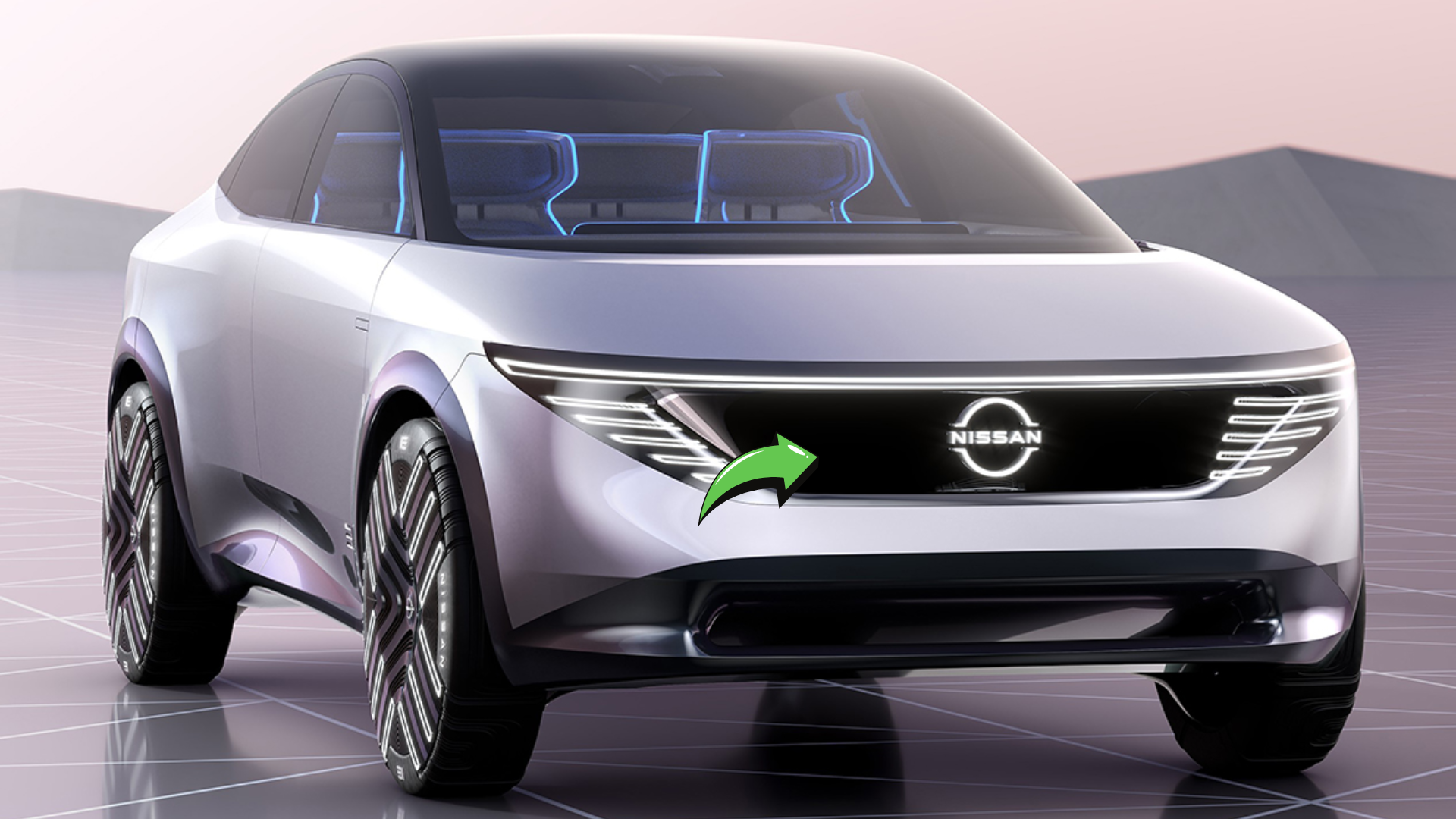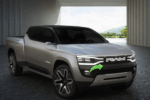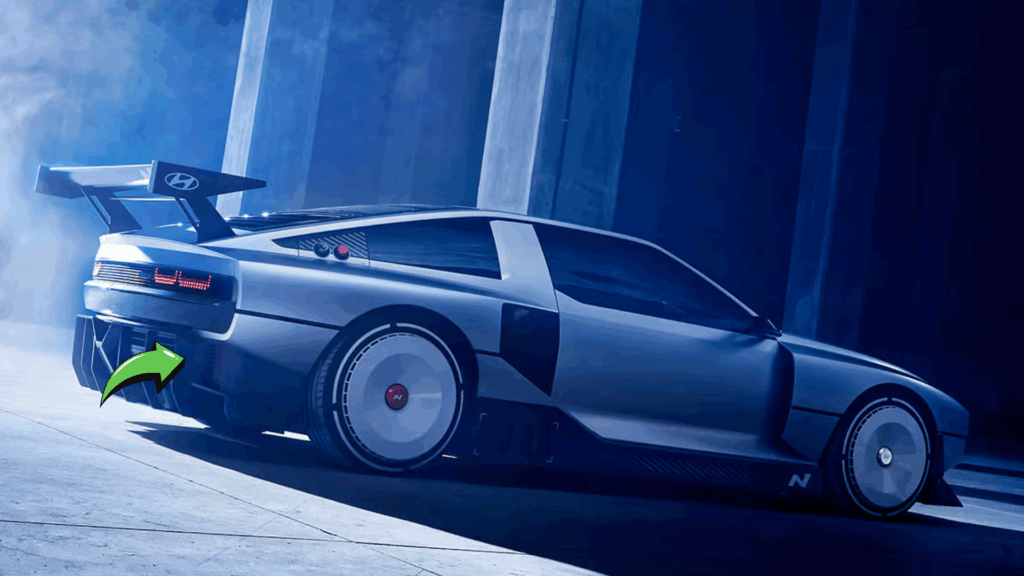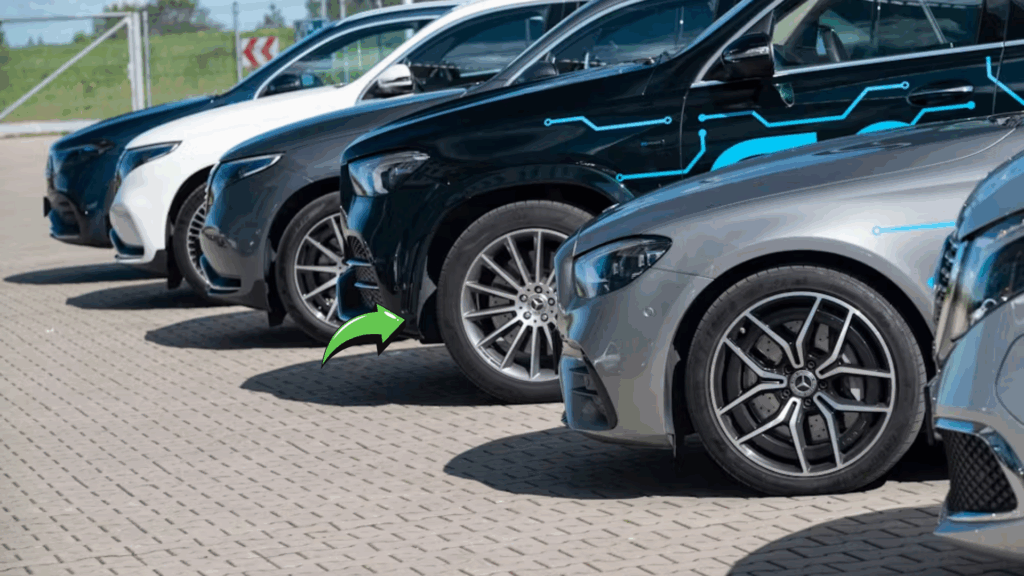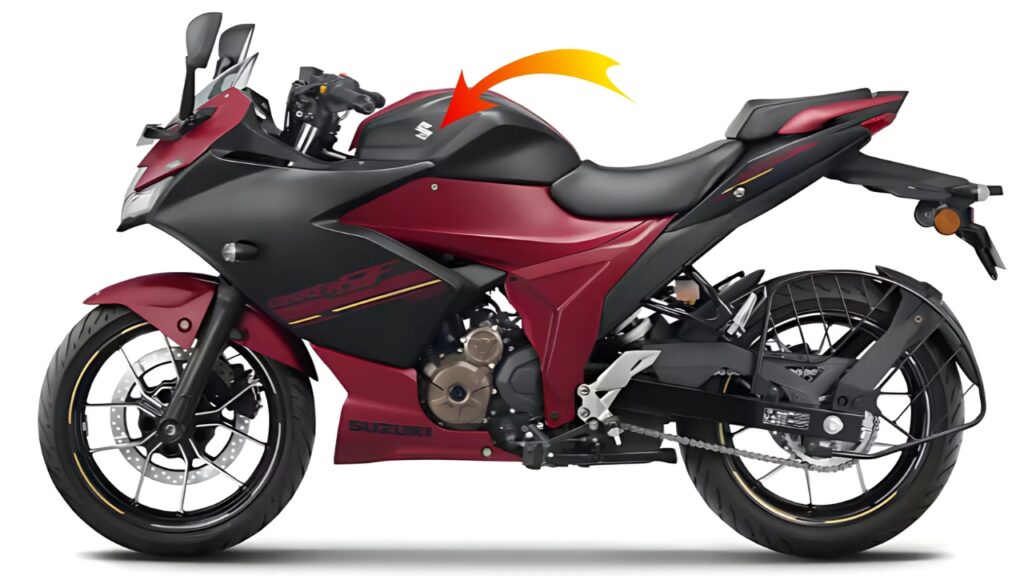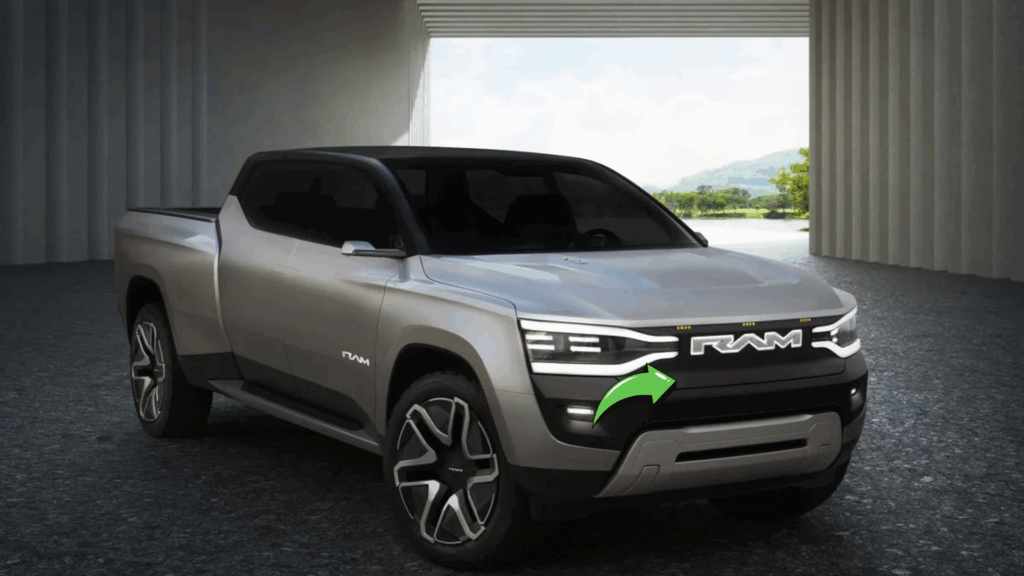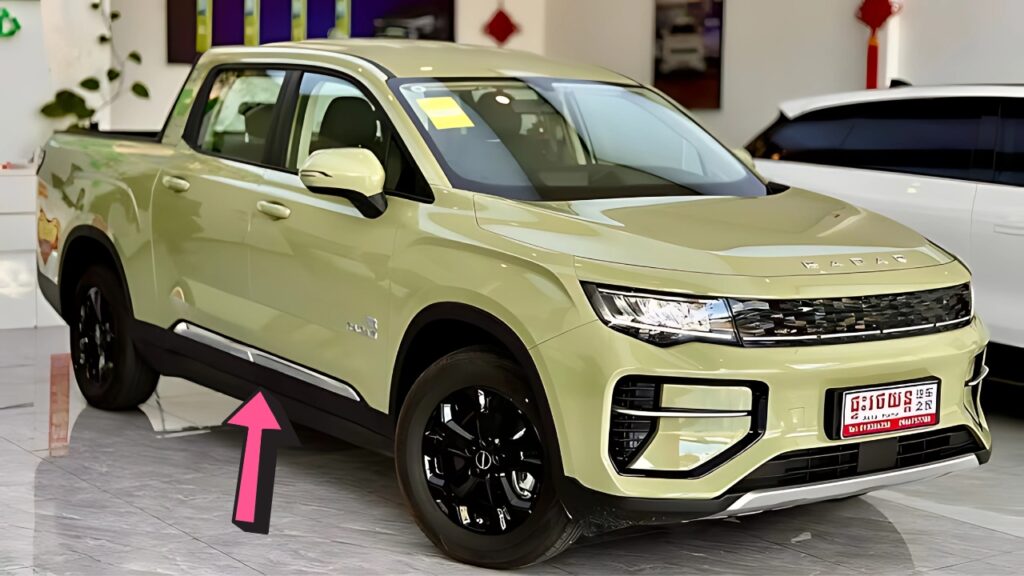The iconic Japanese automaker has been wrestling with a perfect storm of challenges lately. From supply chain disruptions to shifting consumer preferences, Nissan’s road ahead looks bumpy yet potentially transformative.
My cousin worked at a Nissan dealership for nearly a decade, and he wasn’t surprised when I mentioned the company’s recent troubles. “They’ve always been resilient,” he told me over coffee last weekend, “but this time feels different.”
Table of Contents
The Scale of Nissan’s Financial Crisis
The numbers paint a sobering picture for the company that once revolutionized the industry with models like the Leaf and GT-R. Projections indicate the worst financial performance in nearly two decades.
Internal documents leaked last month show losses approaching historic levels. Management has labeled this period as a “necessary reset” despite shareholder concerns mounting at an alarming rate.
During yesterday’s investor call, executives acknowledged the severity of their position. They didn’t sugarcoat the difficult decisions ahead, which frankly surprised many analysts accustomed to corporate doublespeak.
Key Factors Behind the Losses
Nissan’s troubles didn’t materialize overnight. Rather, they represent the culmination of several critical factors developing over many years.
The pandemic certainly didn’t help matters, exposing weaknesses in their global supply chain that competitors had already addressed. When semiconductor shortages hit, Nissan suffered disproportionately.
Their aging model lineup has failed to excite younger buyers in crucial markets. Walking through a Nissan showroom today feels remarkably similar to doing so five years ago.
Market share erosion in North America has been particularly painful. Once commanding nearly 10% of U.S. sales, that figure has dwindled steadily despite aggressive incentive programs that ate into profit margins.
Chinese competition has intensified dramatically, with domestic brands like BYD and NIO capturing the innovation narrative that once belonged to Japanese automakers. This shift happened faster than anyone predicted.
Also Read: 2025 Cadillac Lyriq and Corvette Stingray Face Price Hikes Down Under
The Financial Picture in Numbers
The following table illustrates the depth of Nissan’s financial challenges compared to previous difficult periods:
| Year | Operating Loss (Billions) | Global Sales Volume | Market Share Change |
|---|---|---|---|
| 2020 | $4.5 | 4.3 million | -1.2% |
| 2021 | $3.2 | 3.8 million | -0.8% |
| 2022 | $2.1 | 3.2 million | -0.5% |
| 2023 | $1.8 | 3.0 million | -0.3% |
| 2024 | $6.7 (projected) | 2.7 million (estimated) | -1.4% (estimated) |
Industry watchers note that the projected 2024 losses represent the worst financial performance since the global financial crisis. What’s particularly concerning is the acceleration of decline despite previous restructuring efforts.
The Road to Recovery: Nissan’s Bold Strategy
Facing this grim reality, Nissan’s leadership has unveiled what they’re calling “Horizon 2027” – their most ambitious recovery blueprint to date. I spent three days reviewing the 85-page plan, and several elements stand out.
Unlike previous turnaround attempts, this one acknowledges fundamental shifts in the automotive landscape. Electric vehicles aren’t treated as just another product line but as the company’s future foundation.
Restructuring Manufacturing Footprint
The most controversial aspect involves significant production changes across their global manufacturing network. Several aging facilities face uncertain futures.
Workers at the Sunderland plant in the UK received mixed messages last month. While the facility will receive investment for new electric models, certain production lines will be phased out sooner than previously communicated.
Their Mississippi operation will transition entirely to electric vehicle production by 2026, requiring substantial retraining programs for the existing workforce. Local officials remain cautiously optimistic despite the disruption.
Japanese domestic production, once considered untouchable, will see the most dramatic consolidation. Three smaller plants will merge operations, affecting nearly 5,000 workers through voluntary retirement programs and transfers.
Product Portfolio Revolution
Walking through Nissan’s design studio would reveal a company finally embracing radical change. Future models bear little resemblance to the conservative designs that dominated their lineup for years.
The next-generation Z sports car, glimpsed in concept form last quarter, signals a return to the emotional design language that once defined Nissan. My brother-in-law, a longtime Z enthusiast, texted me photos from the Tokyo preview with palpable excitement.
Nissan’s SUV lineup, currently underperforming against rivals, will shrink from seven overlapping models to four distinct offerings with clearer positioning. Focus groups responded especially positively to the compact crossover concept.
Perhaps most surprising is the revival of the Datsun nameplate for their most affordable electric vehicles. This strategic decision aims to separate legacy associations from their new direction.
Technology Investments Driving the Transformation
Behind Nissan’s recovery strategy lies substantial investments in technologies they believe will differentiate them in an increasingly crowded marketplace.
Yesterday I tested their new driver assistance system at their Arizona proving grounds. The improvement over previous generations was immediately apparent, with smoother operation and fewer false alerts than competitors I’ve recently experienced.
Battery Technology Breakthrough
Nissan’s solid-state battery development might represent their most promising advantage. Early prototypes demonstrate charging speeds approximately 40% faster than current technology.
The company recently announced a $2.3 billion investment in their battery facility outside Yokohama. Local suppliers have already begun staffing up in anticipation of increased production demands.
While competitors publicize theoretical battery advances, Nissan engineers have focused on manufacturability. Their approach prioritizes technologies that can scale quickly rather than laboratory showpieces.
This pragmatic philosophy extends to their autonomous driving development. Rather than promising full self-driving capabilities, they’ve concentrated on perfecting Level 2+ features that customers use daily.
Software Development Expansion
Perhaps the most dramatic internal shift involves Nissan’s software capabilities. They’ve hired over 300 developers in the past six months alone.
Their new Tokyo technical center opened last week, housing teams focused on user interface design and connected services. The facility represents a complete departure from traditional automotive development environments.
Cloud integration and over-the-air update capabilities will finally reach parity with industry leaders by year-end. These features are critical for maintaining vehicle relevance throughout ownership cycles.
Market Response and Industry Analysis
Wall Street’s reaction to Nissan’s recovery plan has been decidedly mixed. Some analysts praise the comprehensive approach while others question whether implementation can match the ambitious timeline.
Consumer perception studies conducted last month show awareness of Nissan’s quality improvements remains low. Rebuilding reputation typically lags actual progress by several years in automotive markets.
Competitive Positioning Challenges
Toyota’s steady performance and Hyundai’s dramatic ascent leave Nissan fighting for attention in key segments. Standing out requires more than incremental improvements at this stage.
Dealer confidence, absolutely crucial for frontline sales success, shows concerning variability across regions. North American retailers express significantly more skepticism than their Asian counterparts.
The used vehicle market tells an interesting story about Nissan’s recent history. Three-year residual values have steadily improved since 2022, suggesting quality perception is gradually strengthening among informed buyers.
Can Nissan Succeed?
Nissan’s recovery isn’t just about financial numbers but reclaiming its innovative spirit that once defined the brand. The path ahead contains both promising signals and concerning obstacles.
Industry consolidation looms as a background threat. Several major players have initiated partnership discussions that could reshape competitive dynamics before Nissan’s recovery plan fully materializes.
Consumer preferences continue evolving faster than traditional product development cycles can address. Nissan’s success depends partly on correctly anticipating where markets will be, not where they are today.
The coming months will prove critical as initial elements of their strategy become visible to consumers. Early reception of their refreshed Rogue and redesigned Altima will provide important indicators of market response.
Frequently Asked Questions
How serious are Nissan’s financial losses?
The projected losses for 2024 represent the worst financial performance for Nissan in nearly two decades, estimated at $6.7 billion.
Will Nissan survive this crisis?
Despite severe challenges, Nissan has substantial resources and a comprehensive recovery plan that addresses fundamental issues rather than symptoms.
Are Nissan vehicles still reliable?
Recent quality metrics show significant improvement, with warranty claims declining 23% over the past two years despite perception lagging behind these gains.
Is Nissan abandoning gasoline vehicles?
No, Nissan plans a gradual transition with hybrid technology bridging conventional and fully electric models through 2030.
How will this affect Nissan prices?
The recovery strategy includes repositioning several models upmarket while maintaining competitive entry points through the revived Datsun sub-brand.
The automotive landscape rarely forgives companies that fail to adapt. Nissan’s current struggles represent both crisis and opportunity – a forced evolution that could ultimately strengthen their position if executed properly.
Whether walking through showrooms in 2027 will reveal a revitalized Nissan or the hollowed remnants of a once-great automaker remains to be seen. The coming months will provide crucial clues about which path is more likely.
